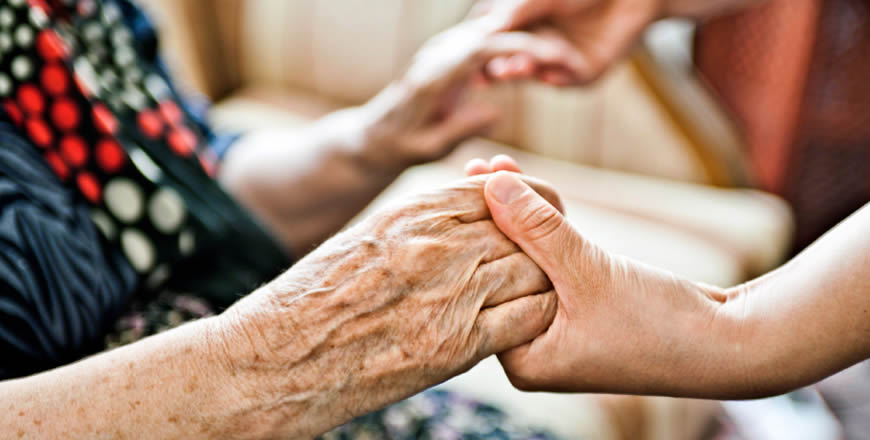One inspired aging-support concept is that of a “village.” Villages are geographically-bound membership-driven organizations that offer volunteer-provided services such as transportation, home repairs, and social connection opportunities. The primary purpose of villages is to allow members to stay in their homes and engaged with their community for as long as possible. Given that 87% of adults 65+ want to “age in place,” i.e., live in their home as they age, this is an idea whose time has come. I volunteer with the Phinney Neighborhood Association (PNA) Village in Seattle since I live in their membership area. (There are at least two other villages in other parts of Seattle.) So far I’ve given PNA Village members rides to the store and doctors’ appointments, helped a member get answers to Medicare questions (as a village-trained health advocate), and have been helping a member administer medication to his aging cat on a weekly basis. (Even animals benefit from village membership!) There are many other volunteer opportunities, such as mowing members’ lawns, helping to frame and hang photos, walking members’ dogs, and simply visiting members for a chat.
I knew that the village was a great idea, but its value really hit home as I was talking to my parents recently. My parents, husband, and I have been discussing the possibility of co-buying together (specifically, buying a home that has an attached or detached accessory dwelling unit, aka “mother-in-law”). My parents’ concern is that they would be a burden on us since my mom no longer drives, and my dad may not be far behind her. I explained the village concept to them and my mom in particular was really attracted to the idea. As we discussed it, we realized that living in a village area could really make the difference between co-buying working vs. not. And this could be true of friends living together as well.
While the village isn’t a complete solution, I think it could be one piece of my “Teresa.” It’s a supportive community that provides needed services and some peace of mind. Additional resources would be needed if I was no longer of fairly sound body and mind, i.e. the point at which I needed to move to assisted living or have an in-home caregiver. Additionally, there’s still the question as to who will be my medical and financial power of attorney (POA). Interestingly, although the PNA Village doesn’t currently provide POAs as a volunteer service, one PNA Village member did find a POA for herself through a contact she made in the village. So although a village can’t fully engineer a “Teresa,” they can provide the opportunity for such connections to develop organically.

Are there any issues regarding insurance for those who provide services to the others? So many people here bring that up.
If any volunteer is injured providing a service, they will be covered by PNA insurance. Members requesting a service are responsible for any damages caused by the volunteer. For example, if a member requests a volunteer to fix a leak in their sink, and the volunteer tries their best but makes things worse, the member is responsible for any damage costs. Additionally, as part of their agreement, members waive the right to sue the volunteer or PNA.